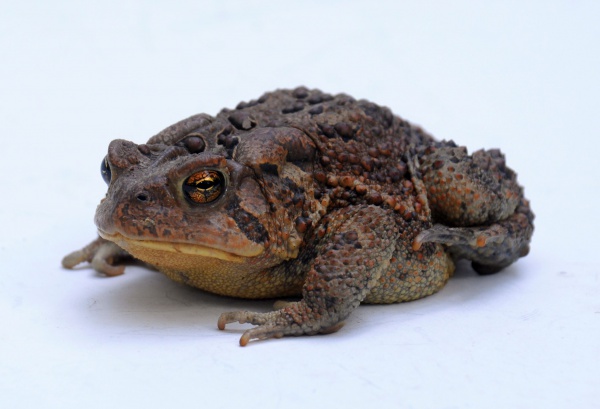Facts About American toad
The American toad, a common sight in the eastern United States and Canada, has three subspecies: the eastern American toad, the dwarf American toad, and the rare Hudson Bay toad. Recently, scientists reclassified this species into the genus Anaxyrus, shifting it from its former genus, Bufo.
American toad tadpoles hatch within 2 to 14 days and metamorphose into terrestrial toads over a period of 50 to 65 days. They have developed effective defenses against predators, such as toxic skin secretions and a tendency to form groups, or "schools."
Genetic studies suggest that Anaxyrus americanus likely evolved from South American toads before the formation of the Isthmus of Panama. The eastern American toad is medium-sized, with variable colors and distinctive calls. These toads require freshwater environments for breeding and hunting. The dwarf American toad is smaller, has fewer spots, and features a cream-colored belly. The Hudson Bay toad, a rare subspecies found in Canada, possesses unique traits.
American toads exhibit strong site fidelity to their breeding areas, which helps them avoid inbreeding by recognizing and steering clear of close relatives. They primarily consume insects and small invertebrates and are nocturnal, often hiding in burrows or under objects during the day.
These toads are adaptable, thriving in habitats ranging from forests to grasslands. They also have notable lifespans, with some living over 30 years.

 United States
United States